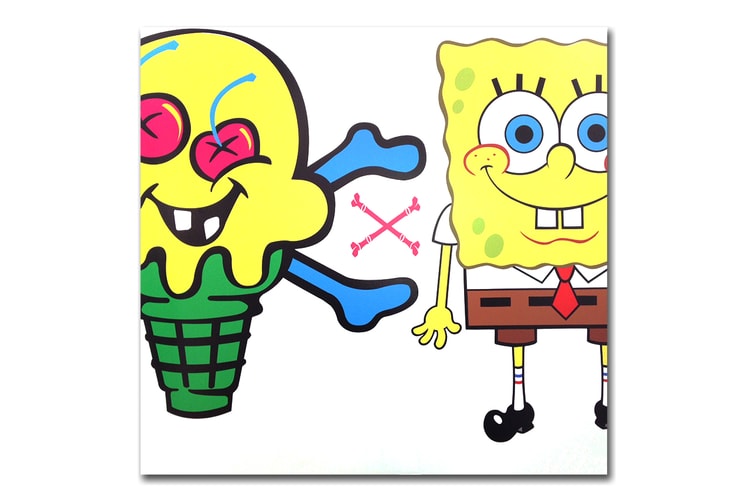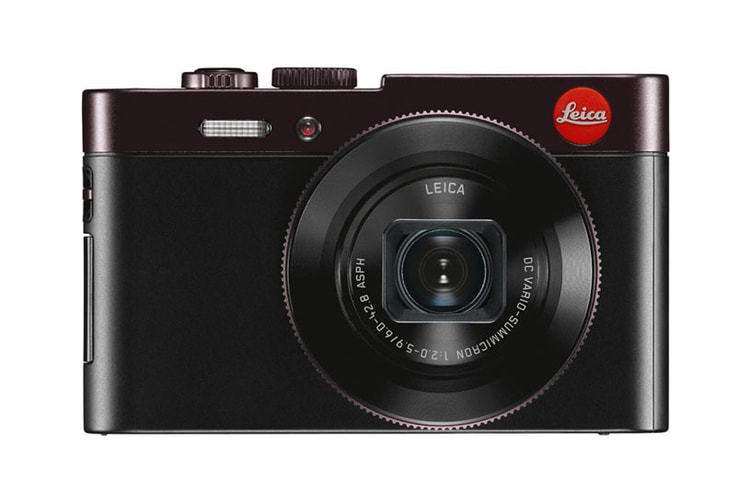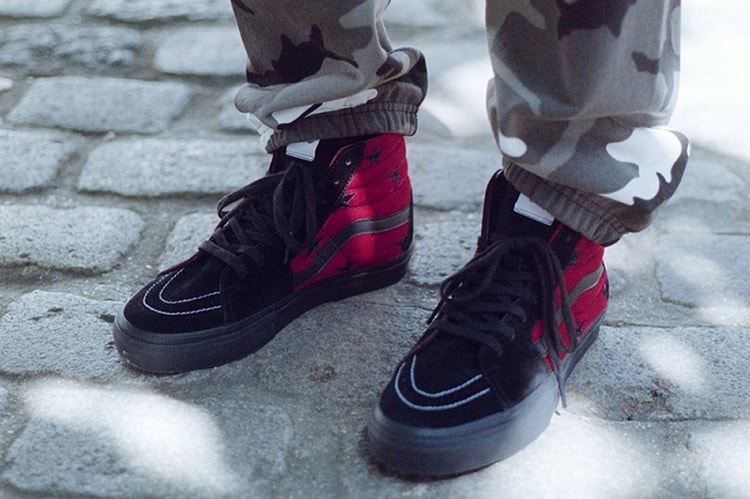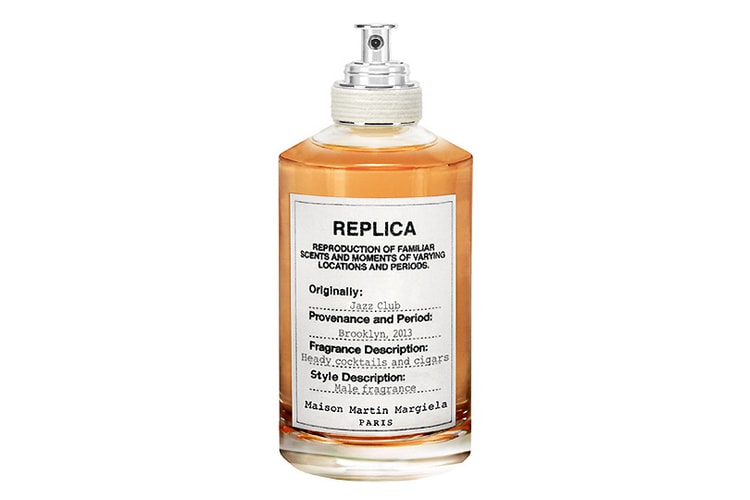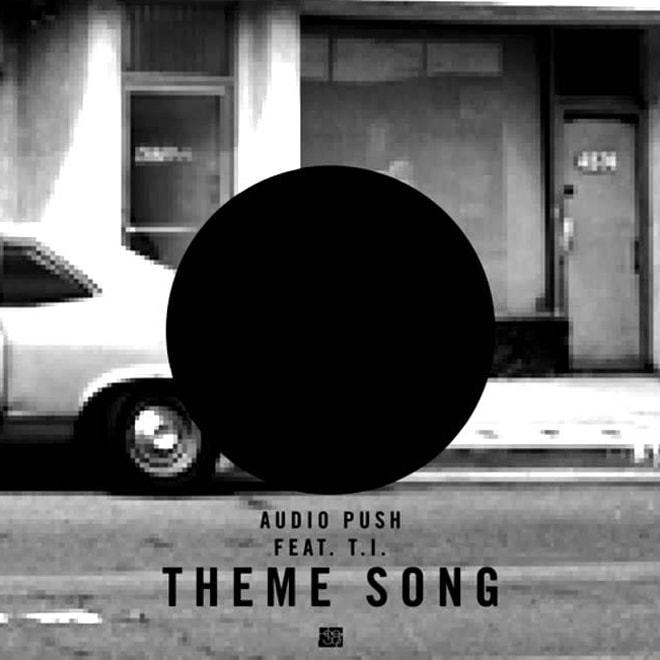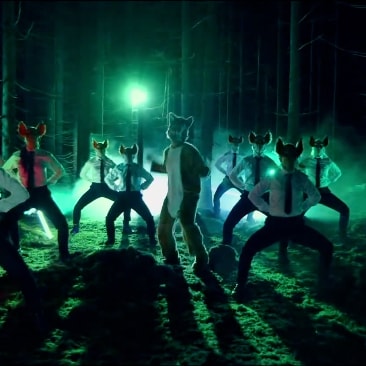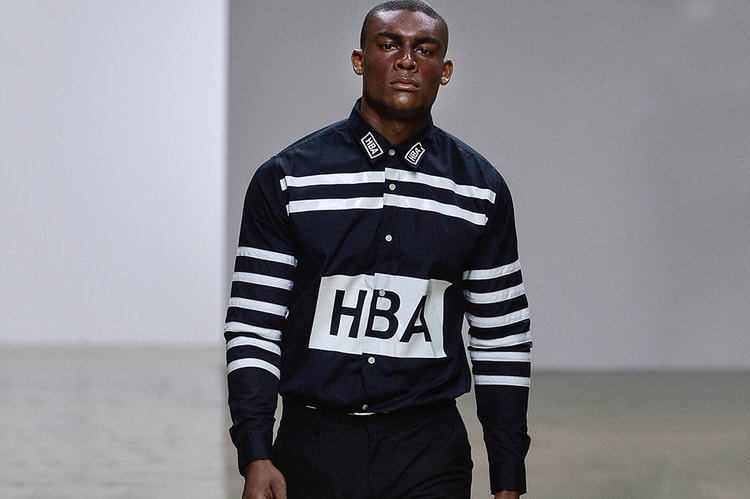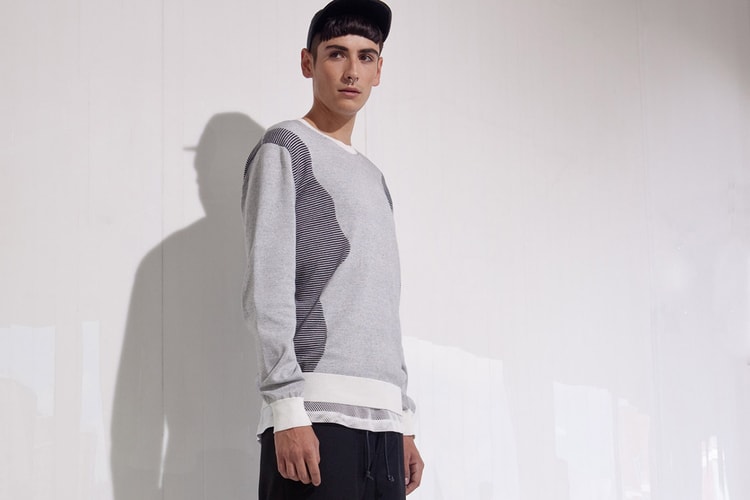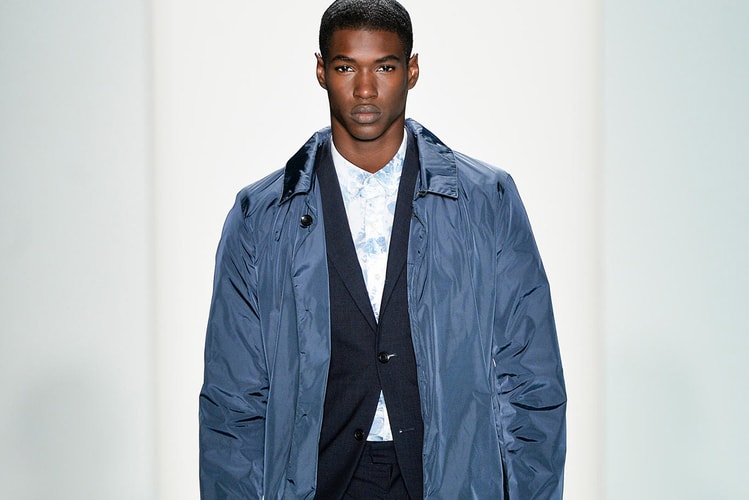Steve Caballero and Jahan Loh Talk About "DOUBLE DRAGON" Exhibition, Skateboarding and Art
With a joint affinity for skateboarding, art and toy collecting, not to mention their pre-destined
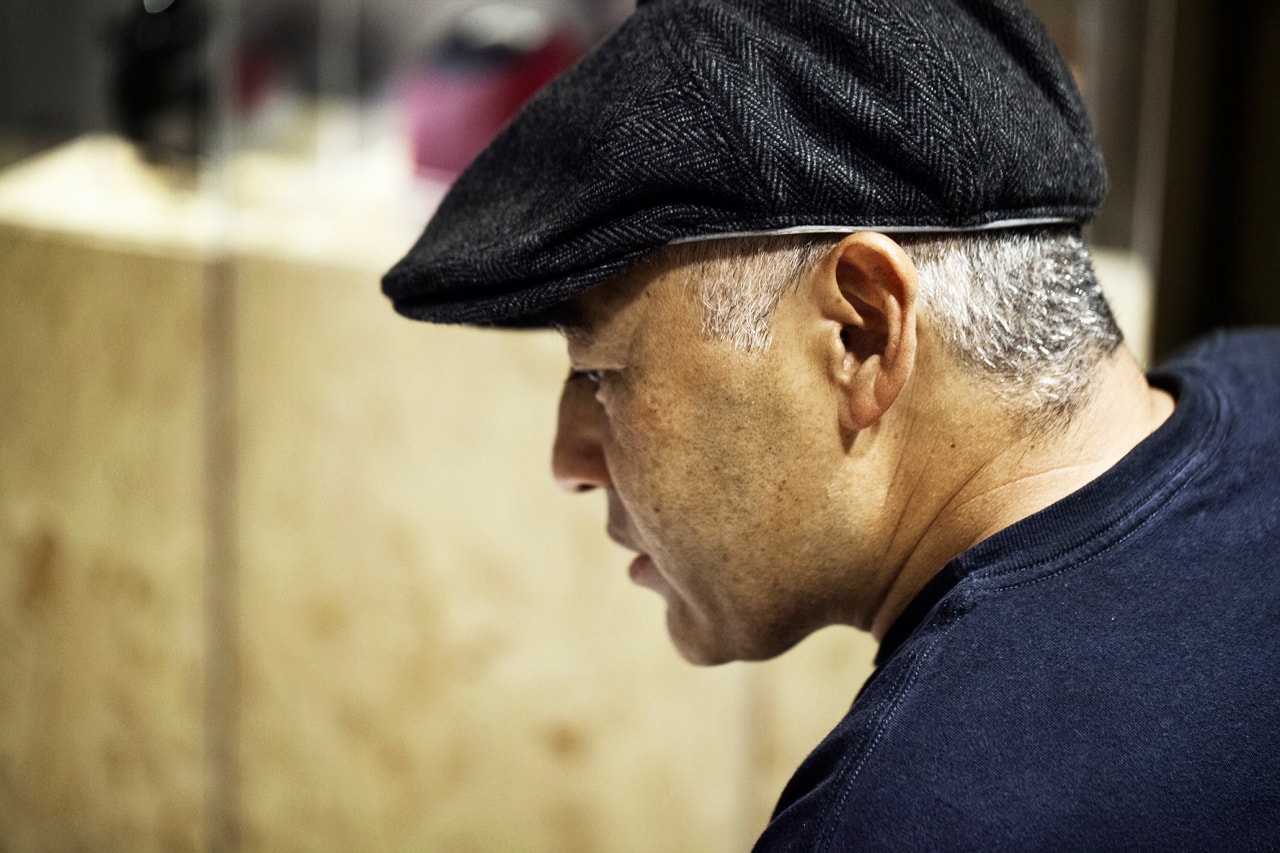

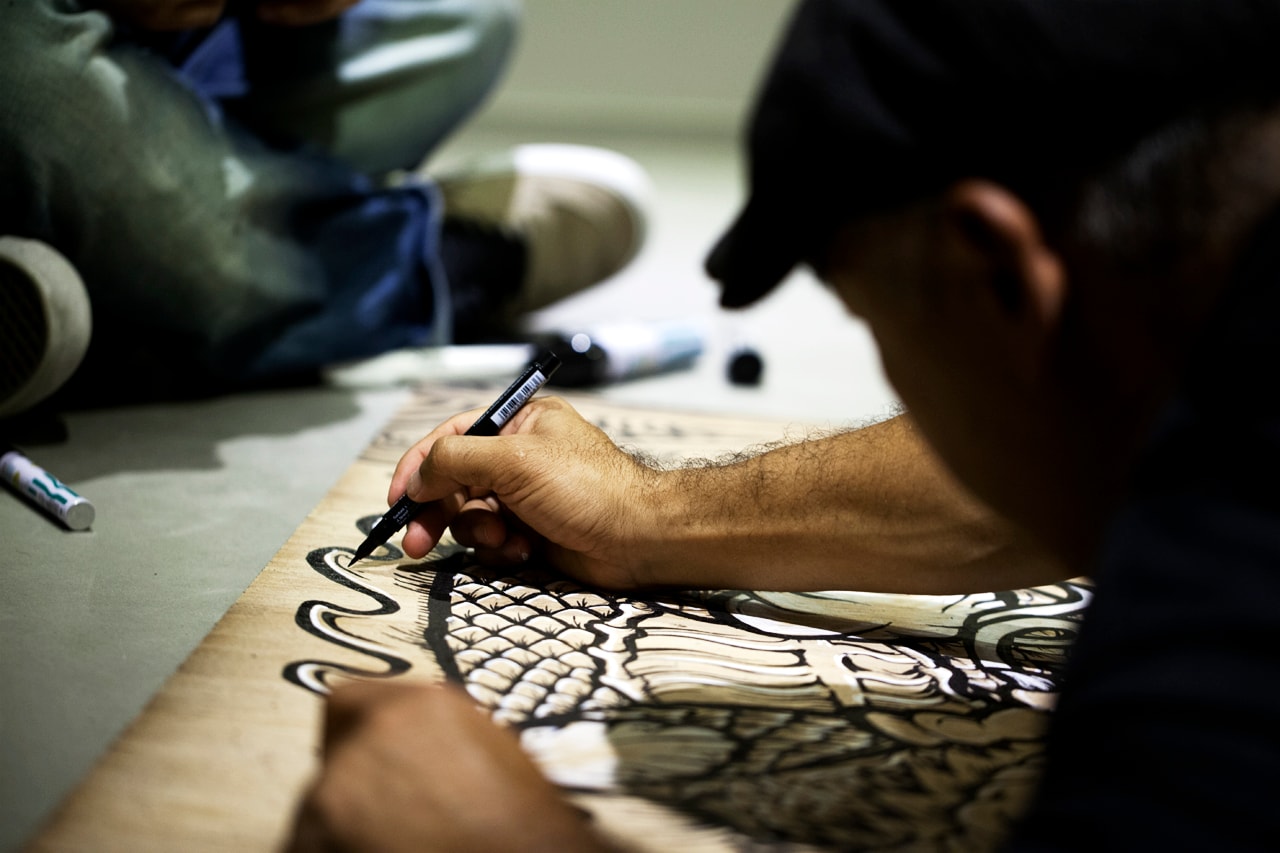
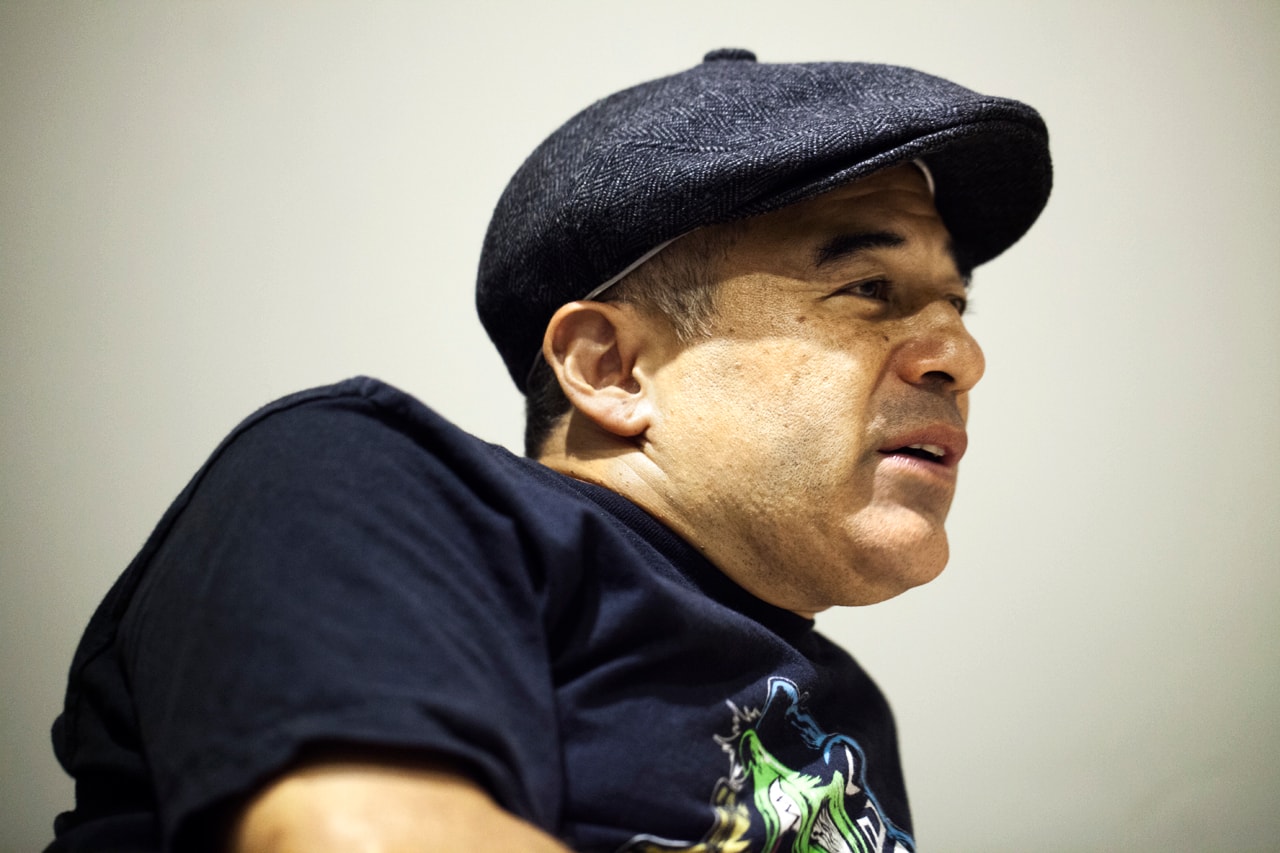
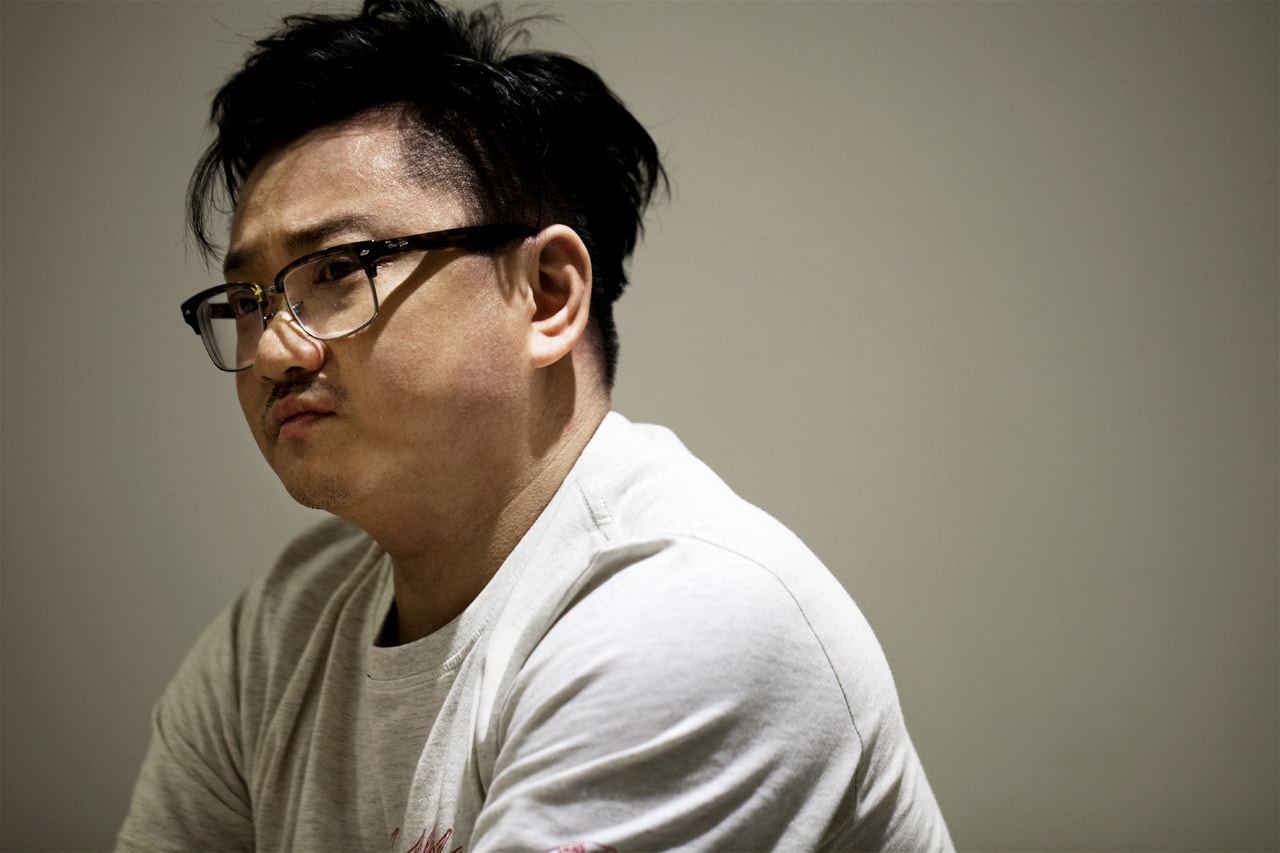
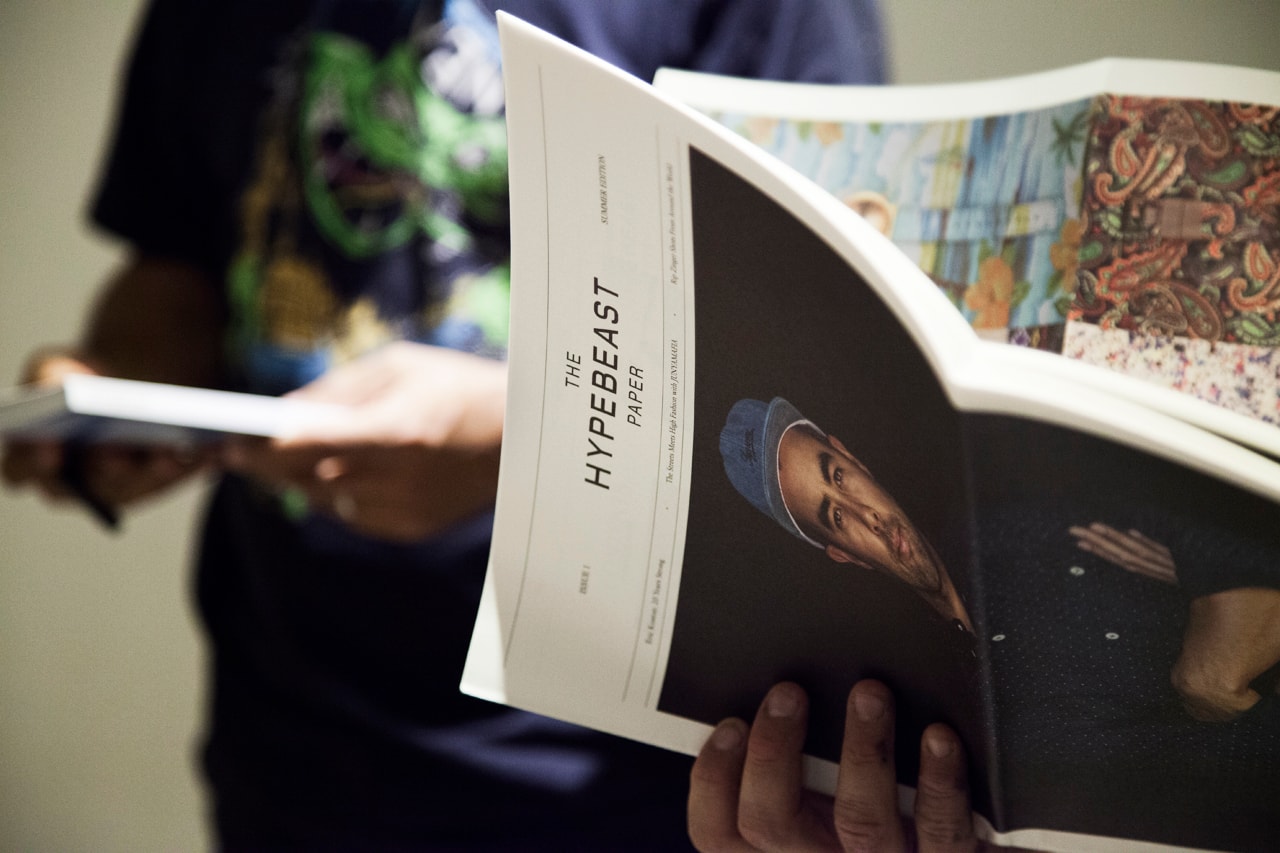
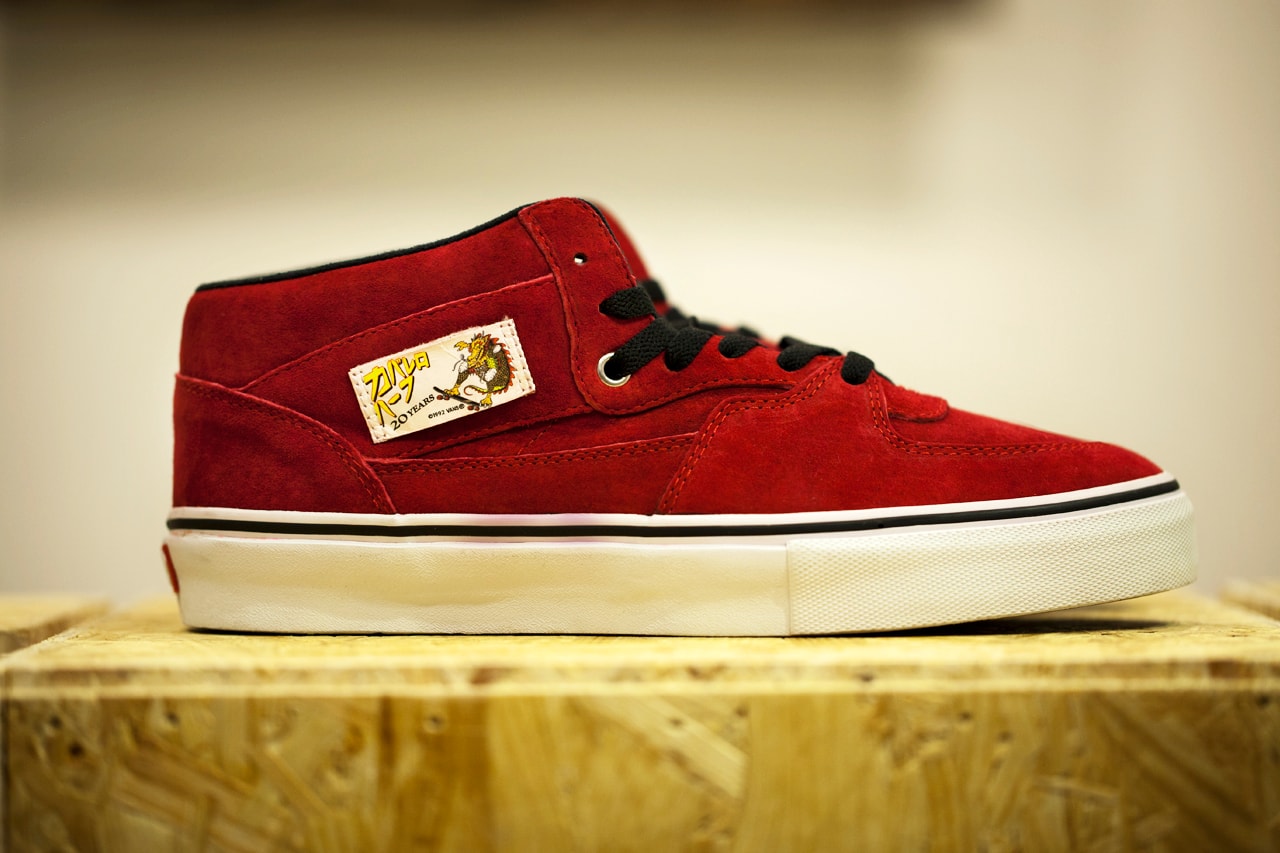
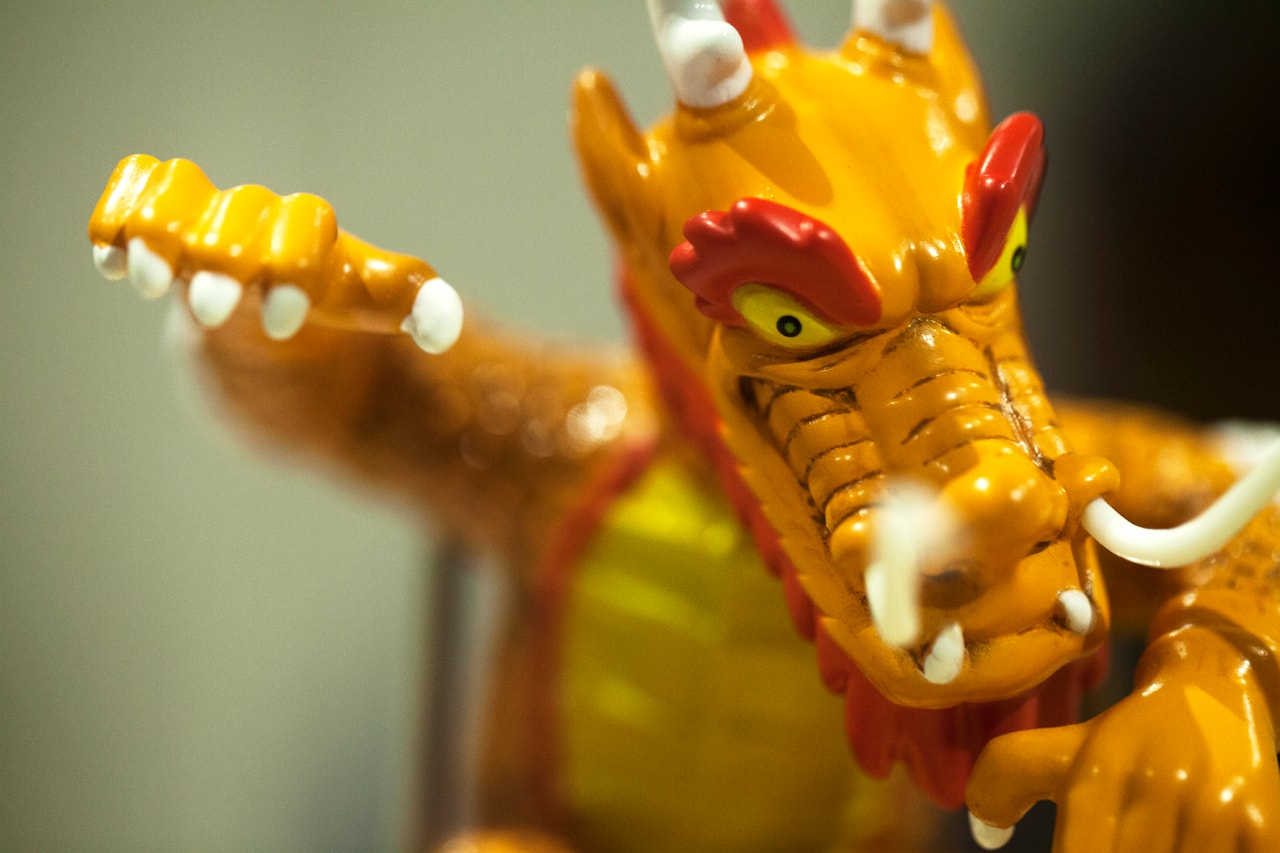
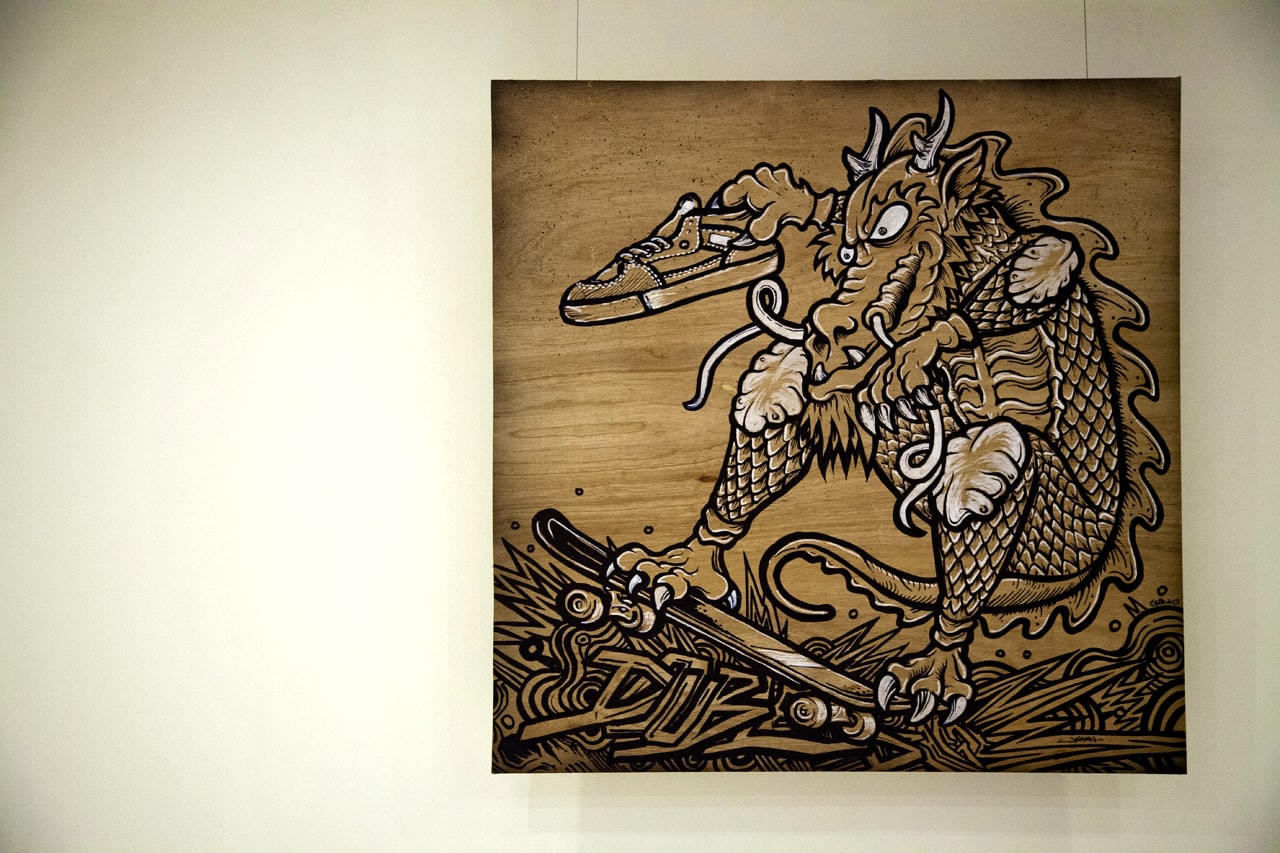
With a joint affinity for skateboarding, art and toy collecting, not to mention their pre-destined traits as dragons in the Chinese zodiac calendar, legendary skateboarder-turned-artist Steve Caballero and Singaporean street artist Jahan Loh have joined forces in presenting the “DOUBLE DRAGON” exhibition. Stemming from the Steve Caballero x Vans Half Cab 20th Anniversary shoe — a silhouette which saw an Oriental dragon as its key motif — the collaborative effort showcased both artists’ iteration of the dragon and included a limited edition vinyl figure collection. With both Cab and Loh’s styles culling from firm DIY aesthetics bred by skate and street culture, the collaboration married East with West, merging the aptitude of skateboarding and art under one venture. Here, they talk about the inspirations behind “DOUBLE DRAGON,” how the internet can in fact stall an artist’s creative process, and the commonalities between art, skateboarding and music.
How the “DOUBLE DRAGON” project came together…
How did the “DOUBLE DRAGON” project come together?
SC: Our mutual friend Tom Cook from Vans hooked us up. Having worked with Jahan on the Jahan Loh x Vans Mountain Edition Mid, in addition to looking after my signature shoe — the Vans Half Cab — Tom got us together knowing we’re both fond of art, skateboarding and toys. Jahan had seen the dragon drawings I did on the Steve Caballero x Vans Half Cab 20th Anniversary shoe and had an idea of sculpting the drawing into a vinyl figure.
What’s your respective connections with the dragon and how have you used it as a main motif in this exhibition?
JL: To me, “Double Dragon” is related to an exhibition I did previously called “Dragon Chaser” which represented people chasing the spirit of the dragon, although most thought it was drug-related. I drew bits of the dragon rather than the whole dragon. It’s about people trying to overcome fear and the whole Asian spirit of not giving up and always pressing forward. This ties back to my Asian aesthetics and finding relevance in contemporary street styles.
SC: It was Jahan’s idea to use the dragon since we were both born on the year of the dragon. Everything that I did for the show is dragon-related even if it might not be in the same style. It all correlates with the toy. The art on the wall is an expression of ourselves, while the toy is really the only thing we’re commissioned to collaborate on. I’m a quarter Japanese so there’s definitely an Oriental influence there, but dragons are always represented as icons in both East and West. So some of my dragons in the show will be Oriental, while some will feature Western medieval motifs.
Can you tell us more about how the toy cemented this collaboration?
SC: The toy is a spin-off to the 20th anniversary of the Half Cab — a collection that saw a bunch of artist involved. For my interpretation, I used a dragon with Half Cab written in Japanese Kanji script. As a sculptor, Jahan liked the image and approached me to see if we wanted to collaborate on making a toy out of one of my drawings. For me it’s a dream come true since we’re both toy enthusiasts. Without sounding too deep, it’s destiny. This is my favorite toy by far.

“It’s about people trying to overcome fear and the whole Asian spirit of not giving up and always pressing forward. This ties back to my Asian aesthetics and finding relevance in contemporary street styles.”
Jahan Loh talks about using the dragon as their main motif for the exhibition
The commonalities between skateboarding and art…
Jahan, how did Steve influence you in the skateboarding and art realm?
JL: I was a big fan of Steve since a young age. I remember watching VHS skateboarding videos and taking notes on Steve’s style. Although the quality was never too clear, it provided a formative introduction to the skateboarding world.
How has skateboarding influenced you as an artist?
JL: Hanging out in the local skate park is part of what got me into art. Looking at skate graphics, graffiti, deck art and magazine illustrations from Powell, Santa Cruz, in addition to reading comics and illustrations by artist like Jim Phillips who influenced me in the use of bold, formative lines. Art school taught me the theories, but even back in the ‘90s, the internet provided a source for creativity.
Steve, how does it feel making art when you’re primarily known for skateboarding?
SC: Art is another avenue I’ve chosen that stems from my work ethics in skateboarding. I never did art professionally before, but I’ve done music professionally – I’ve produced records and I’ve been in a lot of bands. It wasn’t till 2004 that I became a commercial artist, showing work in galleries. I knew a lot of skateboarders made the transition from skateboarding into art and I thought if I didn’t do too badly in skateboarding, why not give it a go with art? I’ll just have to go into a room, close the door and start practicing my craft. If I transcended my efforts from skateboarding into music, I would be able to achieve the same level of success in another realm. A lot of things are possible if you have the heart and passion to do it, It just takes patience.
Like many skaters who have become artists and vice versa, there’s a transition in roles. What do you think of this process?
SC: I think it’s the exact same thing. With skateboarding, the only thing that holds a skateboarder back is fear. When you can overcome fears and anxiety, you’re able to reach new heights. It’s the same with art. I know of great artists who are afraid to show their work because they’re intimidated by what other people will think or how they’re presented. Once you get over these fears and come to the conclusion that you won’t please everybody, then you’ll come out from behind close doors and show off your talent, with the understanding of how to deal with criticism. Being a skateboarder over the years and having to perform in front of thousands of people, to a certain extent, prepared me to becoming an artist.


“Art is another avenue I’ve chosen that stems from my work ethics in skateboarding. I never did art professionally before, but I’ve done music professionally – I’ve produced records and I’ve been in a lot of bands. It wasn’t till 2004 that I became a commercial artist, showing work in galleries.”
Steve Caballero talks about how it feels making art when he is known for skateboarding
On internet and street culture…
With that, how comfortable are you with your style, do you ever keep the critics or curators in mind when doing art?
JL: A lot of people create art in the fear of whether or not it’ll sell but you should always be true to your creativity. I use art to tell stories, have fun and use it as a vehicle to create ideas. I don’t do art to sell. If no one buys my art I’ll still create art. I keep in mind my work ethics first before taking on a commissioned job or producing work for a show. The process has to be organic.
There’s a plethora of content on the internet, what do you think of it as a portal for information and influence?
JL: When I catch up with old friends, it’s impossible to think how we used to watch one skateboarding VHS tape again and again. Now we just surf YouTube via our phone so conveniently. To a certain extent, the lack of technology is a blessing in disguise, helping us focus more on what we liked with less options to distract us. One videotape would provide endless inspirations, then we’ll go out and skate. Hence, the DIY aesthetics of skateboarding was more prevalent then, before we all got distracted with the internet. A lot of artist are always online browsing other people’s work. If you’re hands-on with your work, you shouldn’t really need to spend time surfing the web.
If skateboarding stems from street culture, how do you guys feel about showcasing art that’s primarily categorized as street art in a gallery environment?
JL: I do a lot of street art but my gallery work is more commercially-minded. I consider it more fine art with roots in street art. The word “street” is a very broad term. It can span so many different genres and sub-genres so it’s hard to simply pin street art with the streets.

“A lot of people create art in the fear of whether or not it’ll sell but you should always be true to your creativity. I use art to tell stories, have fun and use it as a vehicle to create ideas. I don’t do art to sell. If no one buys my art I’ll still create art.”
Jahan Loh talks about art
How skateboarding’s DIY aesthetics correlate with the exhibition…
Steve, how would you narrate your artistic process, having done art in various platforms?
SC: I’ve done commercial work, I’ve done stuff for skate companies and art galleries. I treat art like skateboarding. It’s an open canvas. If I’m going to be a professional at this then I’ll sell it to wherever it’s wanted. I don’t care if people like my stuff now and it’s not popular later. I’m driven by how certain things make me feel, not by its popularity. Just like a band. If I liked a band when they were small, then they become really popular, I still like them because they make good music. Those who are driven by popularity in the end lose out since popularity always has a sell-by date.
With art, I don’t draw for people. Commissioned work is great and it gives you a job but it really doesn’t give you the passion to do it. I never want to feel like I’m doing a job when I’m doing art. If I wake up one day and feel like drawing bunnies, I’ll go ahead and be stoked about it, versus having someone telling me what to draw. It’s like skating, you decide how you feel that day and how far you want to take your abilities.
There’s so many different avenues you can take since everyone has their own take on what’s good so I don’t just have this one popular character that’s recognizable. I’ll bring 40 different art pieces to a show and they’ll all be different and they’ll all sell out because there’s a different person out there that’ll want that piece – rather than sticking to one style and catering for one niche.
How does skateboarding’s DIY aesthetics carry out in “Double Dragon”?
SC: It all stems from wanting to do it, the DIY aesthetics of skate and punk culture. What I learnt about skateboarding is that you don’t wait for people to do things that you have a passion for. If you want to do something you do it yourself. It doesn’t matter what’s produced, it’s the fact that you went and did it off your own back. That’s what life is about — being passionate about what you do. If we ever make 300 of these toys, that’s fine with me, that’s 300 toys that weren’t there before. But I think it’s cooler that it’s less, simply because you value it more.
Will you bring the show to the U.S.?
SC: There’s talk of bringing it stateside. There’s a toy shop in New York called Toy Tokyo with a gallery underneath it and they’re interested in selling the toy there. So it’ll be great if we could work something out with Subcrew and fly out there to exhibit.


“What I learnt about skateboarding is that you don’t wait for people to do things that you have a passion for. If you want to do something you do it yourself. It doesn’t matter what’s produced, it’s the fact that you went and did it off your own back.”
Steve Caballero talks about how skateboarding’s DIY aesthetics is carried out in “Double Dragon”

